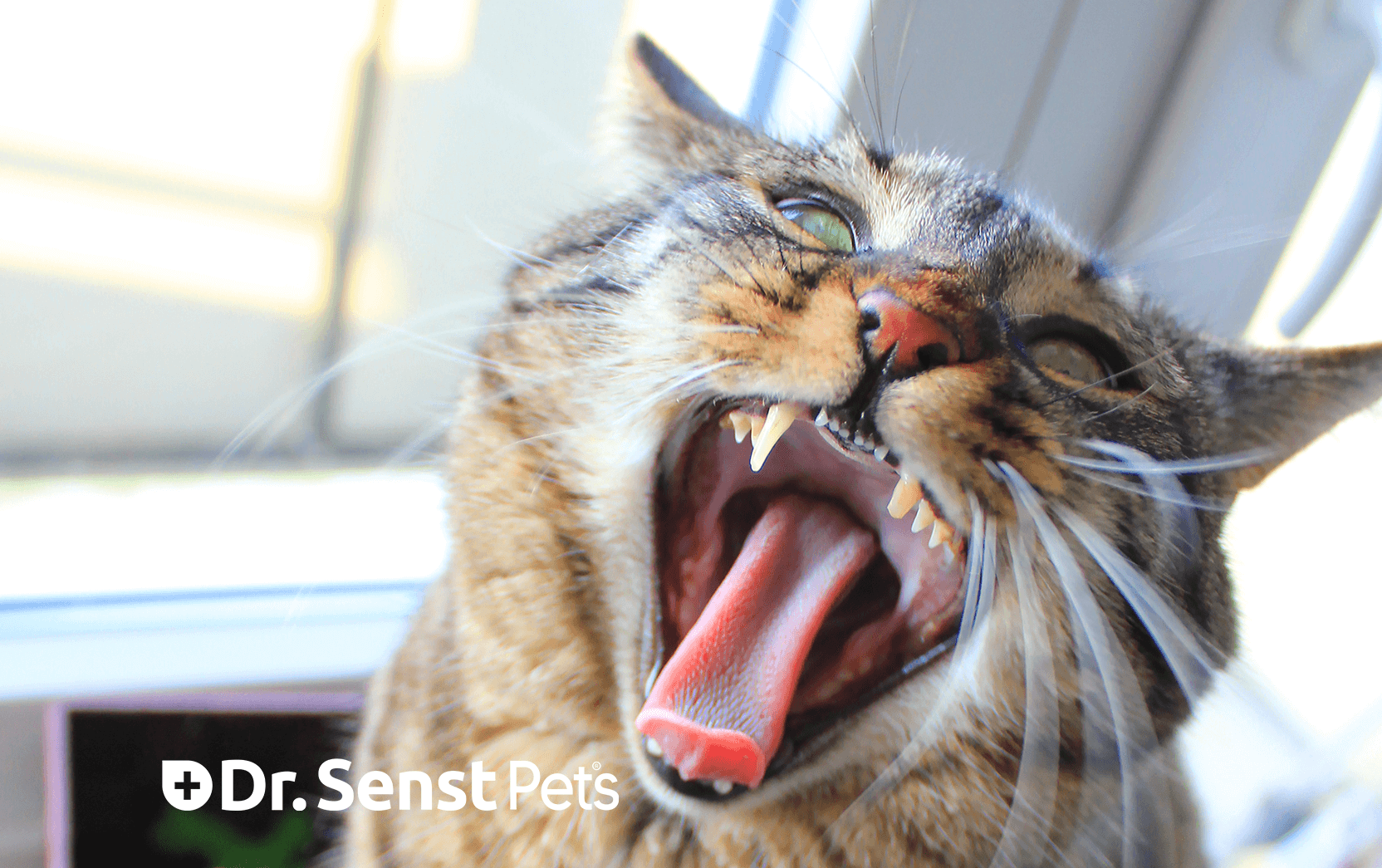
- by Dr.Thilo Senst
Keeping Your Cat Active: Physical and Mental Health Tips
- by Dr.Thilo Senst
Keeping Your Cat Active: Physical and Mental Health Tips
Keeping a cat active goes beyond simply providing toys or scratching posts; it involves encouraging both physical activity and mental stimulation to enrich your cat’s life. Just like humans, cats need regular activity for a happy and healthy life. This article covers the benefits of keeping an active cat, explores ideas for physical and mental stimulation, and provides practical tips to maintain your cat’s engagement.
An active cat is a happy and healthy one. When cats engage in physical exercise and mental activities, they are less likely to suffer from obesity, boredom, or behavioural problems. Studies from the UK’s PDSA (People's Dispensary for Sick Animals) indicate that over 44% of cats in the UK are overweight or obese, primarily due to sedentary lifestyles.
For indoor cats, maintaining an active routine can be especially challenging yet crucial, as they lack the natural outdoor stimulation that outdoor cats experience.
Think of your cat’s activity as charging a battery. Just as you recharge your devices for them to function optimally, cats need daily stimulation to keep their “batteries” full. Without it, they may become lethargic, anxious, or display negative behaviour.
According to animal health guidelines, cats require around 30 minutes of moderate exercise daily. For younger or more active cats, this could go up to an hour. Keep in mind that this doesn’t need to be continuous—10-minute bursts can be equally beneficial.
Interactive toys such as feather wands, laser pointers, or battery-powered mice can simulate prey, appealing to your cat’s hunting instincts. Engaging with these toys promotes physical activity and keeps your cat engaged.
Switch up the toys every few days to prevent your cat from losing interest. This keeps playtime fresh and exciting.
Cats enjoy climbing and scratching. Providing vertical spaces such as scratching posts, cat trees, or window perches offers an opportunity for your cat to exercise its muscles.
Though it may seem unconventional, many cats can be trained to walk on a leash. Start gradually, allowing your cat to get used to the harness indoors before venturing outside. Leash walking provides safe access to the outdoors, which can be both stimulating and physically enriching.
Puzzle feeders provide both mental stimulation and controlled feeding, making your cat “work” for its food. This is an effective way to keep their mind engaged, especially for indoor cats.
The PDSA found that 65% of UK cat owners report their cats displaying hunting instincts indoors. Puzzle feeders can provide a safe outlet for these instincts, helping your cat to stay mentally sharp.
Create sensory games with items from home, such as paper bags, cardboard boxes, or tunnels. Cats love exploring new textures and spaces, which can keep their curiosity piqued and minds active.
Sprinkle a small amount of catnip on toys or scratching posts for extra motivation. Catnip is a natural stimulant that can increase engagement.
Place a cat perch or scratching post near a window. The sights, sounds, and smells from outside provide natural mental stimulation, giving your cat something to observe and engage with daily.
Creating a stimulating environment is key to ensuring an active and engaged cat. This includes providing a range of spaces, textures, and experiences.
Cat-specific furniture like beds, tents, or hammocks can provide safe spots for lounging and hide-and-seek games. Some companies even offer “catios,” enclosed outdoor patios for cats, which allow them to enjoy the outdoors without the risks associated with free roaming.
For those with the space, outdoor enclosures or “catios” provide a safe outdoor experience. Cats can explore various smells, sounds, and textures, keeping them both physically and mentally active.
Q1: What if my cat isn’t interested in toys?
Some cats may need encouragement to play. Try introducing different types of toys to determine what interests your cat. Catnip or treat incentives can also increase interest.
Q2: How can I get my older cat to be more active?
For older cats, choose gentler activities, such as slower interactive play or soft climbing structures. Senior cats can benefit from light exercise to keep their joints flexible.
Q3: How do I know if my cat is getting enough exercise?
If your cat is maintaining a healthy weight, engaging in play, and appears content and relaxed, they are likely getting enough exercise. If they show signs of boredom or weight gain, consider increasing their activity level.
Incorporating the right tools and products into your cat’s daily routine can make a significant difference in their physical and mental well-being. For cats prone to anxiety or those adjusting to an active routine, Dr. Senst Cat Calming Hemp Oil for Cats is an excellent choice to promote relaxation without sedation. Additionally, Dr. Senst Antiseptic Itchy Cats Spray can help soothe skin, especially for cats sensitive to changes in their environment or activity levels.
By integrating interactive toys, providing engaging spaces, and adding stimulating experiences, you can keep your cat active, happy, and healthy throughout their life.
![]()
Enter your details & download our comprehensive 50+ page printable Dr. Senst Pet Care Planner completley FREE! - keep track of all your pet’s needs, from medical history and training to vet visits, grooming, diet, and more!










Share:
Best Probiotics for Dogs with Constipation: A Comprehensive Guide
Natural Remedies for Cat Itching Paws: Home Solutions for Itchy Cats